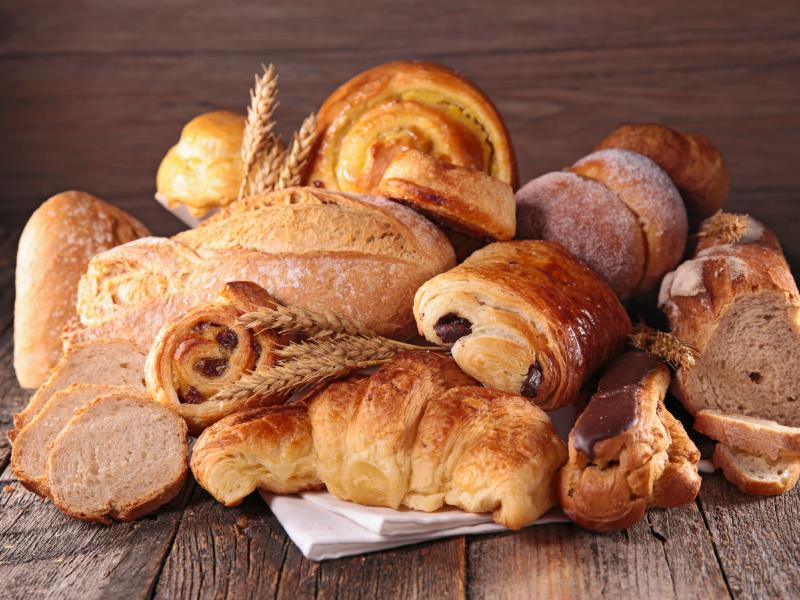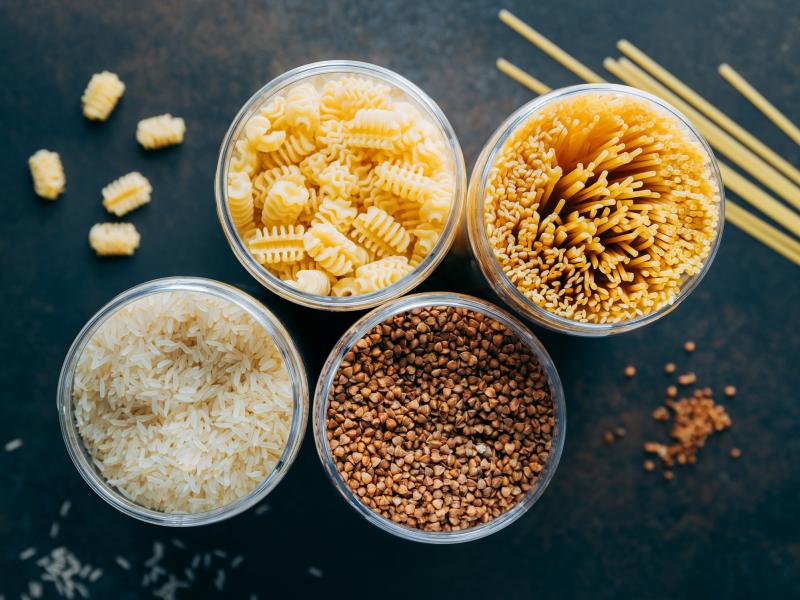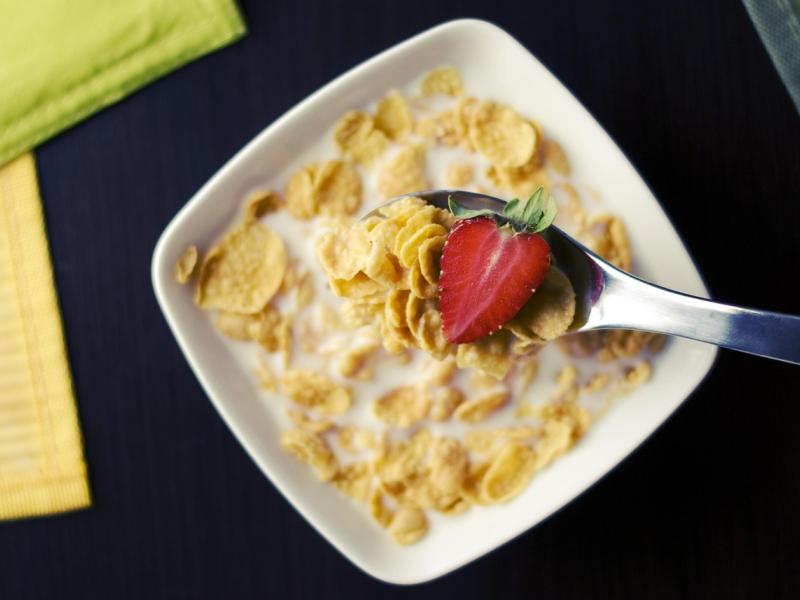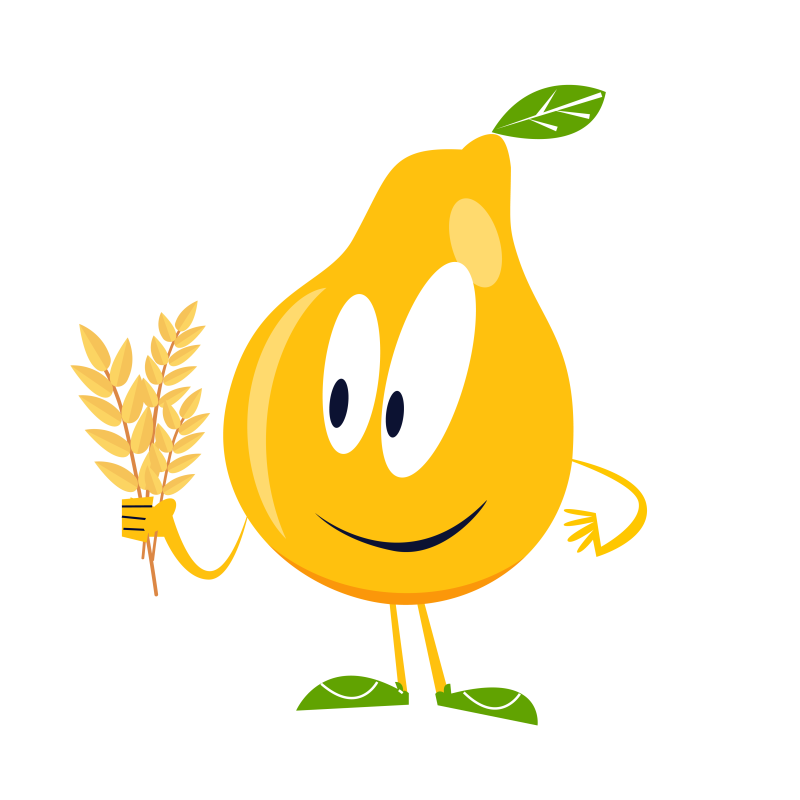
Grains like wheat, rice, quinoa, corn and oats are everyday ingredients in most kitchens. You’ll find them all over the store—in breads, pastas, rice, cereals and so much more. Grains are great because they work well in many dishes. They give your body energy in the form of carbohydrates. There are two types of grains:
Whole Grains keep all their nutrients and fiber because no part of the grain is removed. Look for "whole wheat flour" or "whole grain” at the top of the ingredient list.
Refined Grains lose important nutrients when parts of the grain are removed during processing. Ingredient labels may say "enriched flour" or "wheat flour."
Read more about this food group on the MyPlate Grains page.
Play the Grains Game
Breads, Pastries and Cakes
The bread aisle has so many options. Try to opt for whole-wheat or whole-grain bread most of the time. Breads made with whole grain have more fiber and will keep you fuller for longer than bread made of refined grains. Your best bet is to look at the ingredient list any time you are picking out bread. Take whole wheat bread for example. If the bread is truly whole wheat, the first ingredient should be whole-wheat flour. If whole wheat flour is found further down the ingredient list, it probably is a mix of refined and whole wheat flours. It should also say “100% whole wheat” or “100% whole grain” on the package. Multigrain breads can be tricky since they have seeds and are darker color but they are often made with refined grains. Again, read the ingredients list to be sure.
Pastries and cakes great foods to be enjoyed occasionally, but should be balanced with other grain choices that are lower in added sugars and saturated fats.
Tip: Bread of all types can be an unexpected source of added sugar and salt, so be sure to read the Nutrition Facts Label.

Breads, Pastries and Cakes: Know Before You Go
- Try to make at least half of the grains you eat in a day whole grain. If you don’t like whole wheat bread, opt for something you enjoy and look for other ways to include whole grains in your day.
- When choosing bread, be sure to read the Nutrition Facts Label and ingredient list to make sure you are getting what you think.
- If you want to start your day with a breakfast pastry sometimes, pair it with a protein like yogurt or eggs to feel full longer.
Grains, Pasta and Rice
Grains are a familiar and favorite part of most meals from around the world.
- Popular whole grains include: brown rice, barley, farro, quinoa, popcorn, oats, wild rice, whole wheat pasta, and spelt.
- Popular refined grains include: white rice, white pasta, grits, polenta, couscous, and noodles.
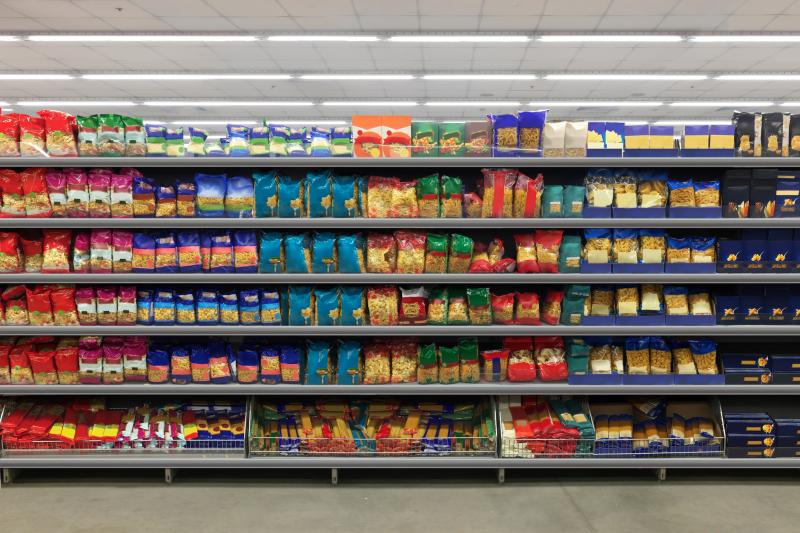
Grains, Pasta and Rice: Know Before You Go
- Similar to bread, aim for half of the grains you eat in a day to be whole grains.
- Look for instant, heat-and-serve, and frozen whole grains to save time in the kitchen.
- If the store has a bulk bins section, you can buy a small amount to see if you like it before buying a larger package.
- Most grains should be rinsed before you cook them to give them a better taste and texture. Rinse grains by placing them in a mesh strainer and running it under cold water for a few minutes until the water runs clear and not cloudy.
Cereals
The breakfast aisle has many grain-based foods, including cereals, granola and oatmeal. This can be a tricky aisle to navigate since there are usually many choices with very different nutrition. Cereals, granola, and oatmeal can sometimes be flavored in a way that makes them closer to dessert than breakfast. Try to choose options that contain whole grains and are lower in added sugar most of the time.

Cereals: Know Before You Go
- Love cereal for breakfast but want to bulk up the nutrition? Read the labels to find cereals that are made with whole grains and high in fiber. Serve with low-fat yogurt or milk for extra protein and calcium.
- Want a touch of sweetness? Add fresh or canned fruit to unsweetened cereal instead of buying options that have a lot of added sugars.


